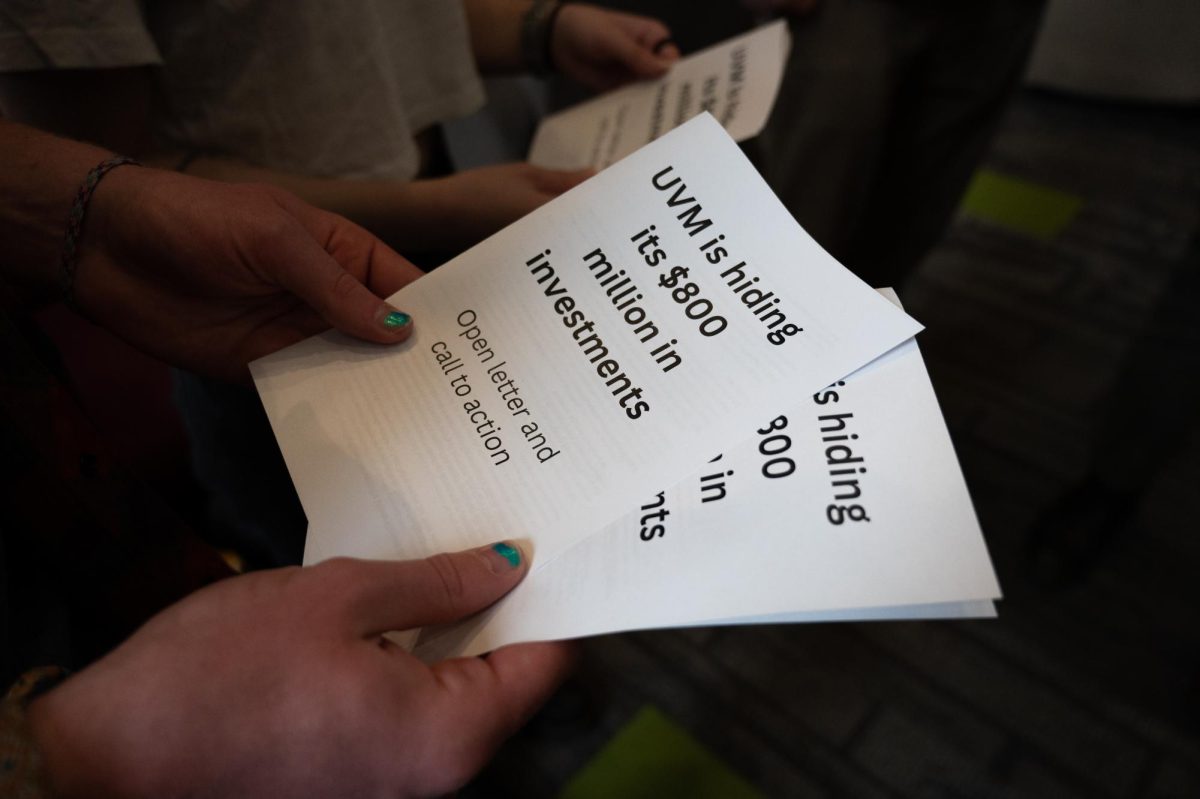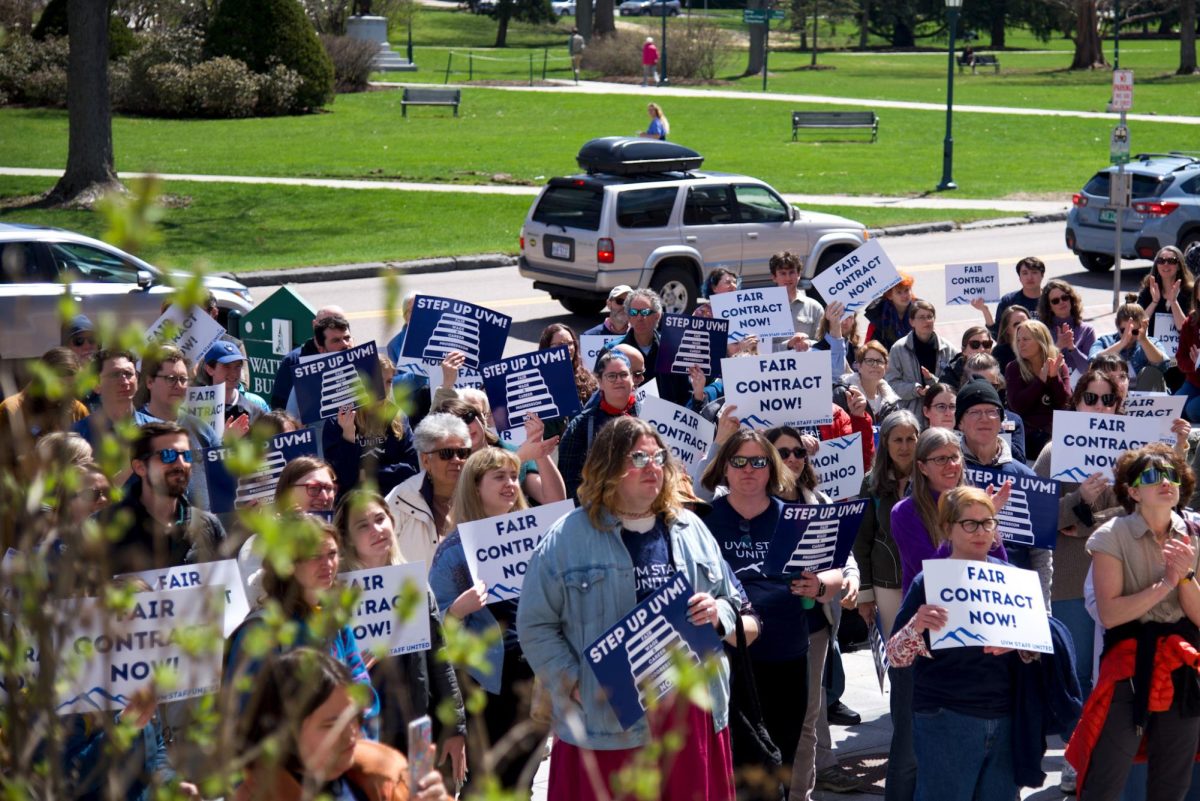From Billings outdated heating system to Coolidge Halls plumbing problems, some students may wonder where the repair money is going for the buildings that could benefit from renovations.As it turns out, the University has given its attention to a select group of deferred maintenance projects with the George D. Aiken Center as a top priority.The University spent $13 million on renovations and the greening of Aiken, making it the most expensive deferred maintenance project discussed at the most recent board of trustees meeting, according to a Capital Project Progress Report issued Feb. 8.The Aiken building was 35 years old and had various issues that needed to be addressed, most notably the insulation, said Richard Cate, vice president of finance and administration.After 35 years a lot of things just needed to be fixed, Cate said. We decided to make a complete rehabilitation of it.The project intended to renovate heating and ventilating systems, classrooms, faculty offices and to construct a solarium, the progress report stated.The report also stated that Aikens renovations had been on schedule and within budget. It was part of five deferred maintenance projects, including renovations to Englesby House and Stafford Research Lab, discussed at the board of trustees meetings Feb. 7-9.As an academic building used by many students, the Aiken building was high on the list of renovations and had priority over other buildings on campus, Cate said.One third of the renovation costs were covered through gifts made to the University and donations, he said.However, the Aiken Center was renovated as a green building, which cost the Universitymore money than basic renovations would have, Cate said.But being a green building saves more energy and money over time by expending fewer resources, said Gary Hawley, research associate at UVMs Rubenstein School of Environment and Natural Science.I think its the right thing to do, Hawley said. Even though it costs slightly more than it would have cost to renovate it without being green, it saves so much energy that over time it pays for the cost difference.The green renovations have benefit more than the Universitys finances.The ability to incorporate new research into the building has also been implemented as the Aiken Center has introduced an eco-machine and green roof since the improvements, Hawley said.Administrators said the building serves as an educational tool as well, since it is a visual example of how sustainability can be incorporated into building design.Both University students and local high school and grade school students are using the building for educational purposes, he said.The construction costs for the building were $8.1 million, while the other $4.9 million in costs went to the architect, moving in and out of the building and other smaller costs, Hawley said.It was an environmental decision, but it was also an economic one, Cate said. We try to make buildings as environmentally friendly as possibly when we renovate them.According to the U.S. Green Building Council (USGBC), building or renovating buildings to be greener or become certified by Leadership in Energy & Environmental Design (LEED) lowers operating costs and increases asset value, while also conserving water and energy.The point of [green building and LEED certification] is to reduce cost in the future and increases the value of the building, said Maya Rivera, USGBC representative.With that said, some students worry that other buildings on campus arent receiving the attention they need for renovations.[Aiken] is a beautiful building, she said. But I have class in Billings too and I honestly worry itll fall apart sometimes.












